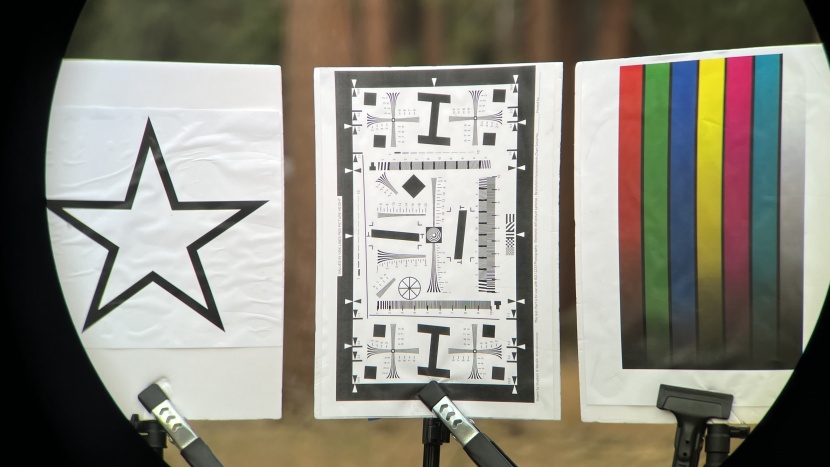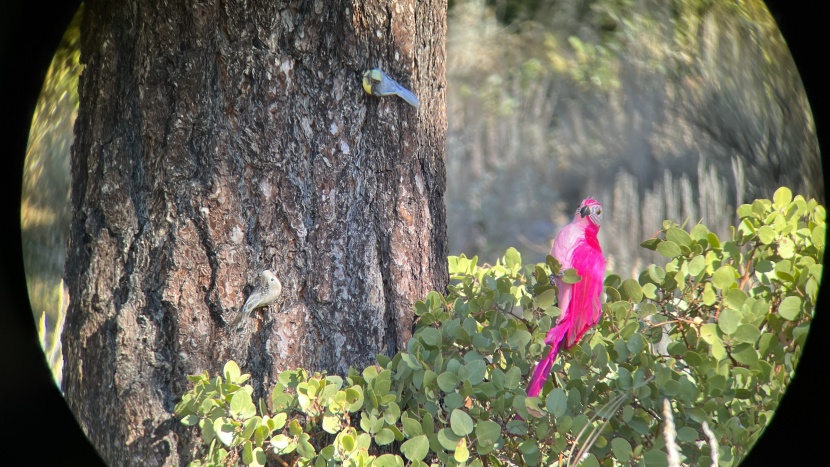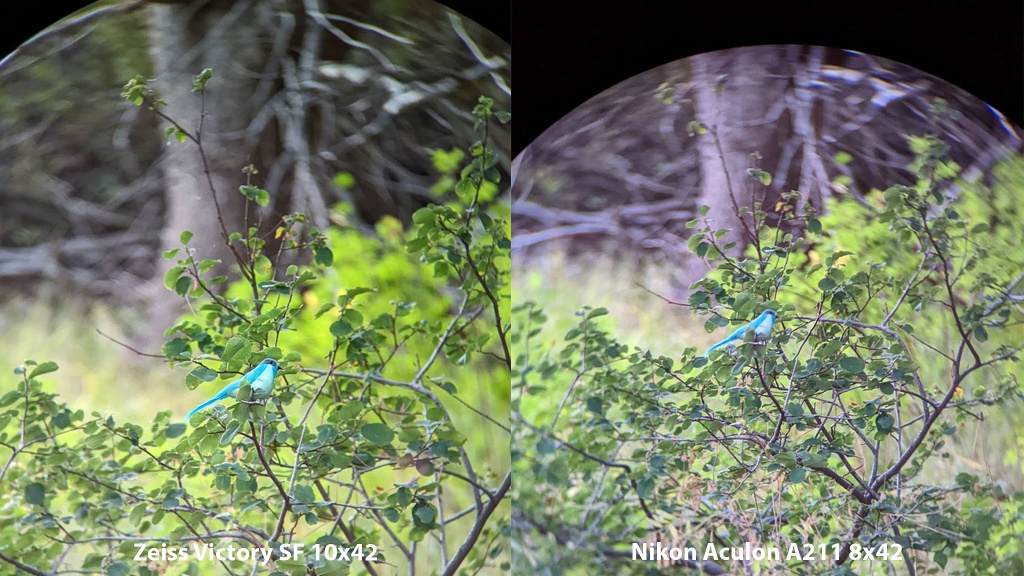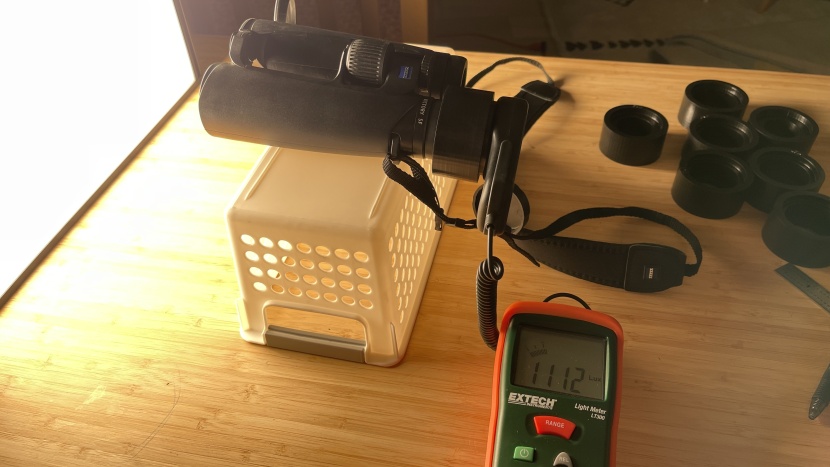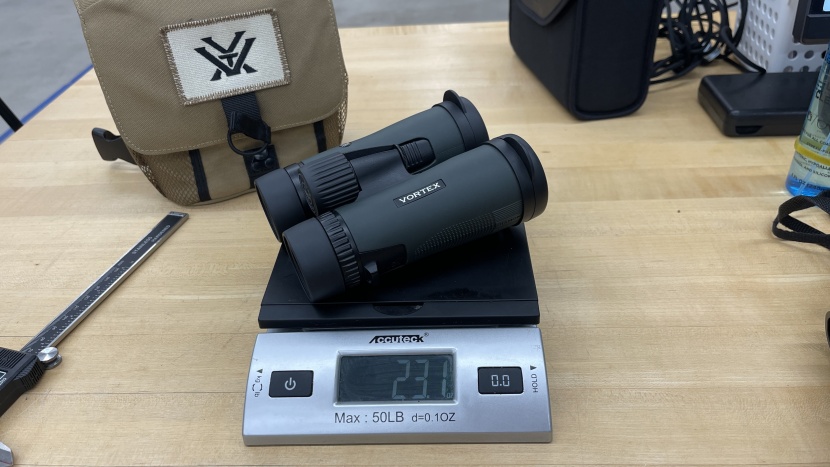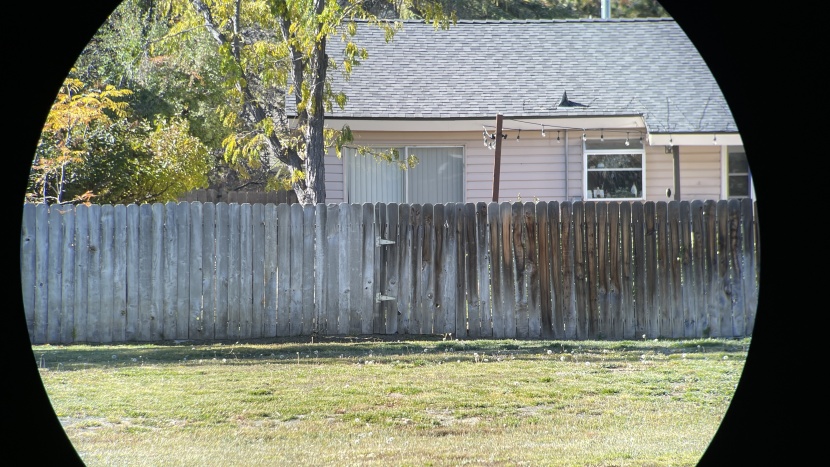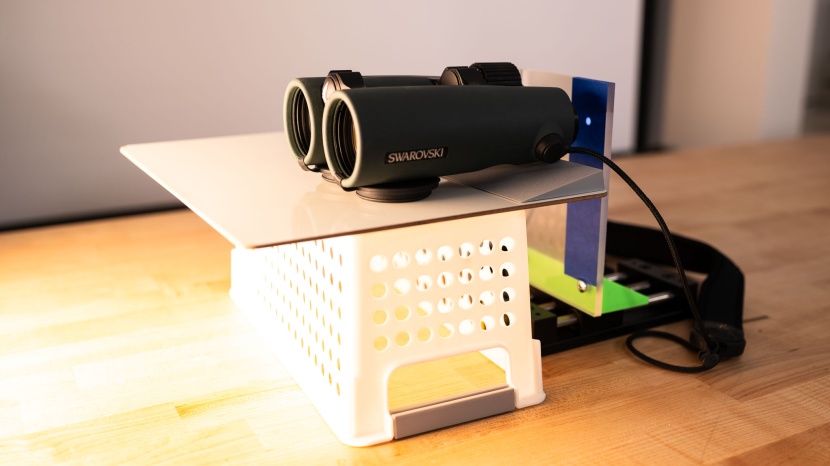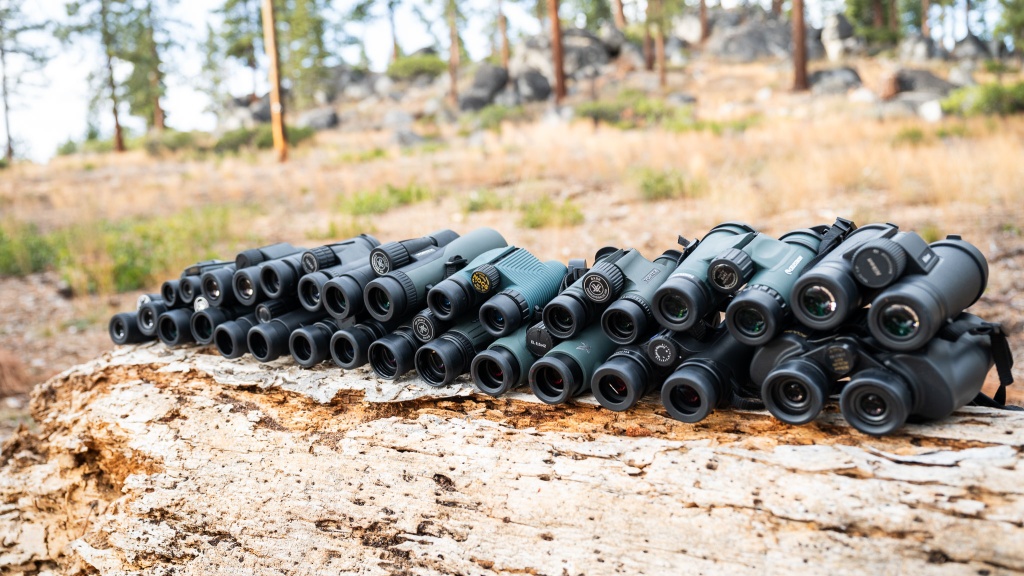Our test team utilizes a combination of measured and observed tests, in both a test environment and the field, to do the most comprehensive evaluations of every pair of binoculars we handle so that we can confidently recommend the best pair of binoculars for your intended use. We've designed our tests and procedures to evaluate six major metrics and weighted them based on their importance. We separated those metrics into a variety of testing procedures that measured and ranked clarity, brightness, comfort, field of view, ease of adjustment, and close focus range, with the first two metrics accounting for more than half of the overall score of each pair of binoculars. If you are more interested in what qualities to look for versus our testing procedures, check out How To Choose Binoculars For Your Needs and Budget.
Clarity
Lens quality has a massive impact on clarity. Still, claims about the diamond-like quality of one's glass or the lens's premium price are far from objective, so we performed a more standardized test to compare the clarity between each pair of binos more closely. This was tested using an ISO chart, a widely accepted industry standard for measuring digital still imagery. By viewing the same chart through each pair, we were able to evaluate the differences between models.
We viewed the ISO chart through each pair of binoculars at a specific distance and noted how well we could read the different zones of the chart. The best and clearest pairs allowed us to see clear and crisp zones. Additionally, we made note of any other abnormalities, such as vignetting, distortion, and chromatic aberration. With some pairs, we noticed blurriness, color fringing, and aberrations around the edges, as well as an overall haze.
We repeated this test using a more realistic scenario. We used model birds and placed them in a tree. We then observed the birds through each pair of binoculars. We mounted the binoculars on a tripod for this test to ensure each pair was in the exact same position. We then took photos through each pair of binoculars to make side-by-side comparisons more easily.
Brightness
Our test team measured brightness through observation, as well as lab-controlled tests. For observation, we took each model out for morning and evening sessions at the same exact time to ensure the viewing conditions were the same across our tests. Any difference in the lighting conditions has a dramatic effect on these tests, so we made a lot of comparisons and repeated these tests. Our team took notes about the brightness for each model, which included additional information about abnormalities — similar to our clarity tests.
In our controlled testing, we set up a 3500k light at 40% completely flush to the lenses of binoculars at a fixed distance on a platform, the latter designed to ensure each one was properly centered. We then measured the light at the eyepiece with a light sensor.
Our team 3D printed special eyepieces that prevented outside light from entering the sensor, and also to eliminate light leakage. Additionally, we awarded a very lightly weighted percentage of points for exit pupil size, as this impacts the ability to let light enter one's eye.
Comfort
For our comfort metric, we tried to reduce subjectivity by having multiple testers evaluate gripping and holding each pair of binos, eye cup comfort, and the overall nature of the included neck straps. While larger binoculars offered greater clarity and brightness, their size and weight often hurt ergonomics.
Cheaper pairs frequently used cheaper materials, which often meant more rigid plastics, versus more rubberized textures and softer eye cups. Weighted scores were combined and averaged for an overall comfort score.
Field of View
This testing involved using a vertical board fence with the observer positioned at a designated distance. All models underwent this test, and we documented the number of distinctly visible vertical fence boards. Individual performances from each model were compared to the average number of vertical fence boards that were visible. This was generated from testing every pair of binoculars and doing basic math. Objective scores were calculated and awarded to each model.
Ease of Adjustment
A clunky pair of binos that is difficult to adjust is more likely to get left in a pack, car, or just stay at home. So we evaluated the ease with which each pair of binos focused and adjusted for proper eye relief. We tested by focusing on an object at a fixed distance a few hundred feet away and evaluated the ease of rotating knobs. We counted the number of rotations it took to adjust from a close object to a far object at a fixed distance. We also evaluated how well eyepieces allowed us to attain and even lock the eye relief distance, as well as whether or not the diopters held a position, locked, or moved too freely.
We measured eye relief by shining light through the lens and out on the other side, which transmits the eye pupil size. Then, we shifted the vertical wall back until the pupil reached its smallest diameter. We then measured the distance (in mm) from the ocular lens to the vertical wall.
Models varied quite a bit in our ease of adjustment tests. Some models felt like they had wooden cogs inside, and others felt more like a Swiss watch.
Close Focus Range
We measured close focus range with a realistic birding scenario. We set up our model bird in a well-lit area, then increased the focus to the max. We then walked back the focus until the model was in the best focus possible. Once each pair of binos was perfectly focused, we precisely measured the distance between the observer and the bird. Our testing revealed a wide range of performances, with some models performing better than the manufacturer-stated specifications while most models performed a little worse.
Conclusion
Whether it is your first pair or you are interested in upgrading your optics, there's a lot to consider when choosing binoculars. We hope our testing procedures and comprehensive review is enough to help you choose the level of performance within your budget.

